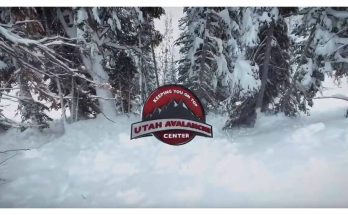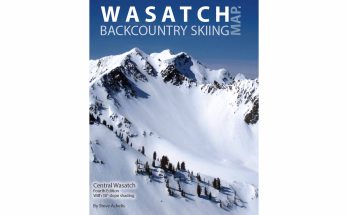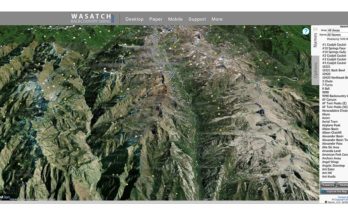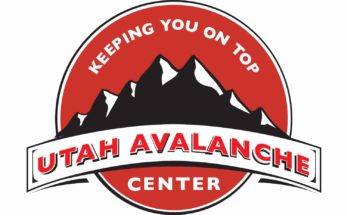“#Avalanche: In a world obsessed with social media, avalanche centers are relying more and more on the attention-grabbing platforms to better equip backcountry skiers.”
FreeSkier, 2020
Words
By DONNY O’NEILL
“Originally, we looked at social media very much as another way of disseminating the forecast,” said Ethan Greene, director of the CAIC. “We still do that, but have been using it more to engage people and try to get out information about current conditions as well as broader education out to people. It’s been a good way for people to ask questions, and we’ve done our best to address those questions.”
On March 7, 2019, central Colorado went black. For the first time since the state’s ten-zone avalanche forecasting format began, four backcountry areas—Vail and Summit County, the Sawatch Range, Aspen and Gunnison—were rated as having “Extreme” avalanche danger, marked in ominous black on the forecasting map. The Friends of CAIC, a non-profit organization tied to the Colorado Avalanche Information Center (CAIC), displayed the forecast map on its Instagram page, receiving over one hundred comments on the post. The engagement ranged from people tagging others to get the word out, asking questions about specific zones and relaying messages about safety and solid decision-making.
From February 28 through March 12, Colorado’s snowpack accumulated five to six feet of high-density snow that caused a historic avalanche cycle. The CAIC recorded data on 811 avalanches in that span, 142 of which were considered “very large” or “historic” in size. During that timeframe, the CAIC and Friends of CAIC posted a combined 36 times, a high frequency for both, on their respective Instagram pages, utilizing a combination of avalanche observations, weather forecasts and advisory graphics to ensure the public was informed multiple times daily of the complex and evolving avalanche danger.
It’s an effort being made by avalanche centers across the United States to better distribute information in a world that’s more consumed by social media than ever. Each individual center’s website, which offers current forecasts, upcoming weather discussions, staff-conducted and user-submitted observations, still remains the biggest focus, but Instagram, Facebook and Twitter serve to complement that.
Image: Two large avalanche crowns seen in Colorado’s San Juan Mountains after heavy snowfall in March, 2019. PHOTO: Scott DW Smith | LOCATION: Silverton, CO
See also:
- Colorado Avalanches: Hwy 550, Highlands Ridge & Winter Storm Ulmer – March, 2019
- Colorado Avalanches – Cement Fill Avalanche on Highway 550






